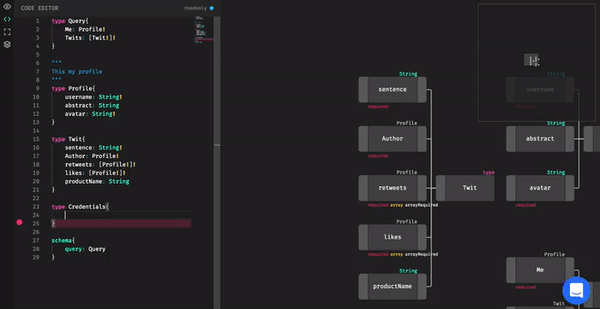Recoil - experimental state management library for React

Tomek Poniatowicz
Posted on May 15, 2020

For many reasons, it's wise to use React's built-in state management capabilities rather than an external global state like compatibility, simplicity etc. Unfortunately, it has some limitations like:
- Context can only store a single value
- Component's state can only be shared by pushing it up to the common ancestor
These make it difficult to code-split the parts of the React three where the state has to live from where the state is used. Just a few days ago Facebook had open-sourced it's state management library that could above mentioned limitations.
Recoil
Recoil is an experimental state management library for React apps aiming to improve the above-mentioned flaws of React's built-in state management while keeping the API, the semantics & behavior as Reactish as possible. Recoil provides several capabilities that are difficult to achieve with React alone while being compatible with the newest features of React.
Recoil defines a directed graph orthogonal to but also intrinsic and attached to your React tree. State changes flow from the roots of this graph (which we call atoms) through pure functions (which we call selectors) and into components.
Atoms & Selectors
The core concept of Recoil is the data-flow where data travels from Atoms (shared state) through Selectors (pure functions) down into React components building your app.
Source: David McCabe @ recoiljs.org
Atoms are units of the state that components can subscribe to. They contain the source of truth for our application state. Selectors transform this state either synchronously or asynchronously. Atoms are created by using the atom() function:
const fontSizeState = atom({
key: 'fontSizeState',
default: 14,
});
Source: recoiljs.org
A selector is a pure function that accepts atoms or other selectors as an input. When these inputs are changed, the selector function will be re-evaluated. React components can subscribe to selectors and when the selectors change they will re-rendered as well.
Selectors are defined using the selector() function:
const fontSizeLabelState = selector({
key: 'fontSizeLabelState',
get: ({get}) => {
const fontSize = get(fontSizeState);
const unit = 'px';
return `${fontSize}${unit}`;
},
});
Source: recoiljs.org
The approach presented by Recoil offers:
- boilerplate-free API where the shared state has the same simple get/set interface as React local state,
- compatibility with Concurrent Mode and other new React features as they become available,
- code-splitting possibility thanks to incremental & distributed state definition,
- the state can be replaced without modifying the components that use it.
- derived data can move between being synchronous and asynchronous without modifying the components that use it.
- backward-compatibility of application state; persisted states can survive application changes.
Recoil works and thinks just like React providing a fast & flexible shared state. Add Recoil to your app and check how it will influence its state management.
Speed up your GraphQL API development
GraphQL Editor is a supportive tool for both advanced GraphQL users as well as those taking their first steps with GraphQL APIs. Our all-in-one development environment for GraphQL will help you build, manage & deploy your GraphQL API much faster thanks to dozens of built-in micro features.

Posted on May 15, 2020
Join Our Newsletter. No Spam, Only the good stuff.
Sign up to receive the latest update from our blog.





